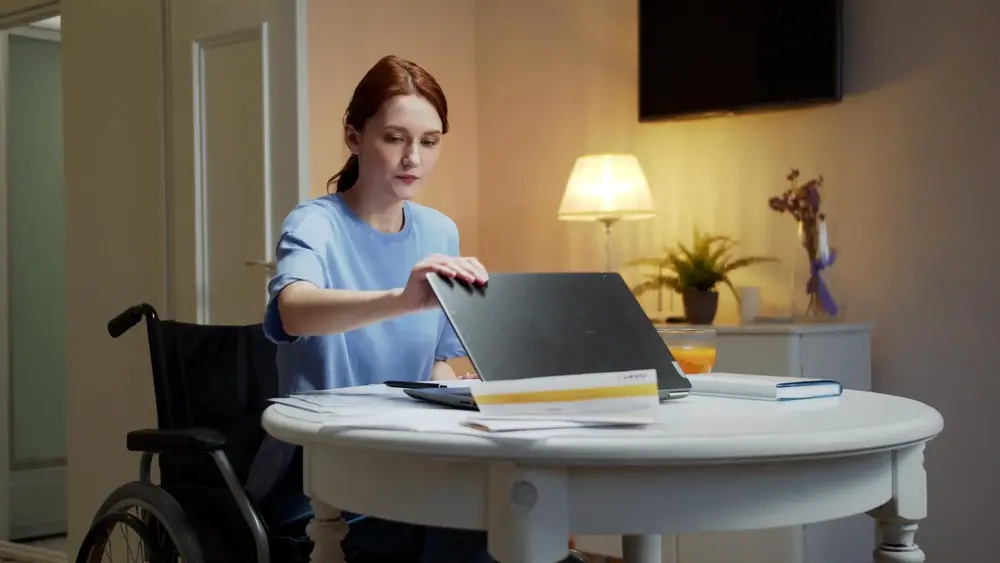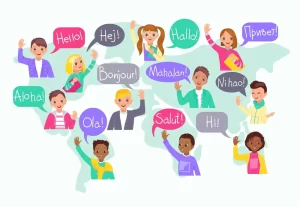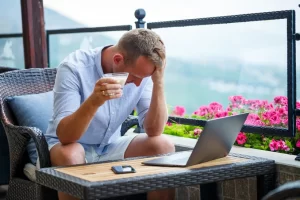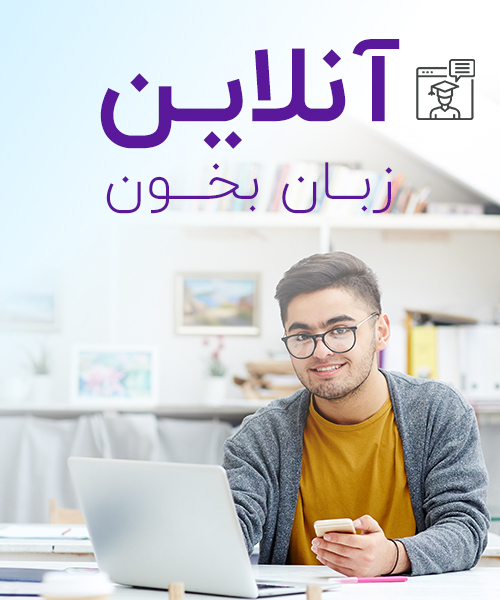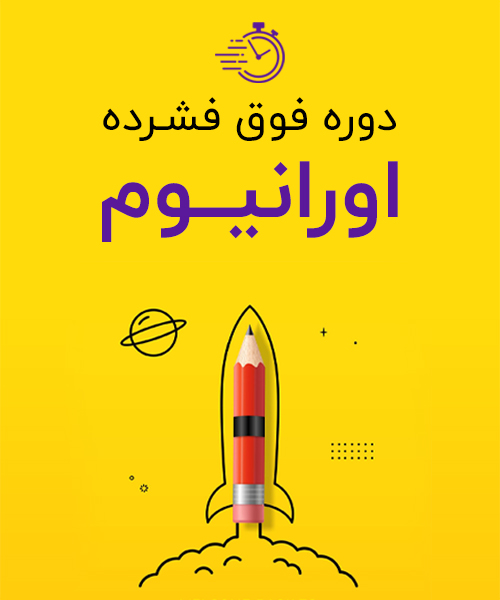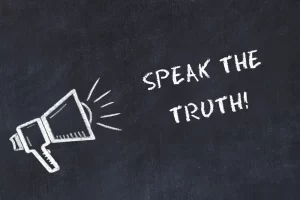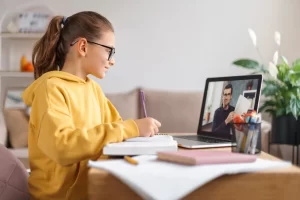Transcript
Note: This is not a word-for-word transcript
Neil
Hello. This is 6 Minute English from BBC Learning English. I’m Neil.
Georgina
And I’m Georgina.
Neil
What do Homer, Ray Charles and Jorge Borges all have in common, Georgina?
Georgina
Hmm, so that’s the ancient Greek poet, Homer; American singer, Ray Charles; and Argentine writer, Jorge Luis Borges… I can’t see much in common there, Neil.
Neil
Well, the answer is that they were all blind.
Georgina
Ah! But that obviously didn’t hold them back – I mean, they were some of the greatest artists ever!
Neil
Right, but I wonder how easy they would find it living and working in the modern world.
Georgina
Blind people can use a guide dog or a white cane to help them move around.
Neil
Yes, but a white cane is hardly advanced technology! Recently, smartphone apps have been invented which dramatically improve the lives of blind people around the world.
Georgina
In this programme on blindness in the digital age we’ll be looking at some of these inventions, known collectively as assistive technology – that’s any software or equipment that helps people work around their disabilities or challenges.
Neil
But first it’s time for my quiz question, Georgina. In 1842 a technique of using fingers to feel printed raised dots was invented which allowed blind people to read. But who invented it? Was it:
a) Margaret Walker?,
b) Louis Braille?, or
c) Samuel Morse?
Sam
Hmm, I’ve heard of Morse code but that wouldn’t help blind people read, so I think it’s, b) Louis Braille.
Neil
OK, Georgina, we’ll find out the answer at the end of the programme. One remarkable feature of the latest assistive technology is its practicality. Smartphone apps like ‘BeMyEyes’ allow blind users to find lost keys, cross busy roads and even colour match their clothes.
Georgina
Brian Mwenda is CEO of a Kenyan company developing this kind of technology. Here he explains to BBC World Service programme, Digital Planet, how his devices seek to enhance, not replace, the traditional white cane:
Brian Mwenda
The device is very compatible with any kind of white cane. So, once you clip it on to any white cane it works perfectly to detect the obstacles in front of you, and it relies on echo-location. So, echo-location is the same technology used by bats and dolphins to detect prey and obstacles and all that. You send out a sound pulse and then once it bounces off an obstacle, you can tell how far the obstacle is.
Neil
When attached to a white cane, the digital device – called ‘Sixth Sense’ – can detect obstacles – objects which block your way, making it difficult for you to move forward.
Georgina
‘Sixth Sense’ works using echo-location, a kind of ultrasound like that used by bats who send out sound waves which bounce off surrounding objects. The returning echoes show where these objects are located.
Neil
Some of the assistive apps are so smart they can even tell what kind of object is coming up ahead – be it a friend, a shop door or a speeding car.
Georgina
I guess being able to move around confidently really boosts people’s independence.
Neil
Absolutely. And it’s challenging stereotypes around blindness too. Blogger, Fern Lulham, who is blind herself, uses assistive apps every day. Here she is talking to BBC World Service’s, Digital Planet:
Fern Lulham
I think the more that society sees blind people in the community, at work, in relationships it does help to tackle all of these stereotypes, it helps people to see blind and visually-impaired people in a whole new way and it just normalises disability – that’s what we need, we need to see people just getting on with their life and doing it and then people won’t see it as such a big deal anymore, it’ll just be the ordinary.
Georgina
Fern distinguishes between people who are blind, or unable to see, and those who are visually impaired – experience a decreased ability to see.
Neil
Assistive tech helps blind people lead normal, independent lives within their local communities. Fern hopes that this will help normalise disability – treat something as normal which has not been accepted as normal before…
Georgina
…so being blind doesn’t have to be a big deal – an informal way to say something is not a serious problem.
Neil
Just keep your eyes closed for a minute and try moving around the room. You’ll soon see how difficult it is… and how life changing this technology can be.
Georgina
Being able to read books must also open up a world of imagination. So what was the answer to your quiz question, Neil?
Neil
Ah yes. I asked Georgina who invented the system of reading where fingertips are used to feel patterns of printed raised dots. What did you say, Georgina?
Georgina
I thought it was, b) Louis Braille.
Neil
Which was…of course the correct answer! Well done, Georgina – Louise Braille the inventor of a reading system which is known worldwide simply as braille.
Georgina
I suppose braille is an early example of assistive technology – systems and equipment that assist people with disabilities to perform everyday functions. Let’s recap the rest of the vocabulary, Neil.
Neil
OK. An obstacle is an object that is in your way and blocks your movement.
Georgina
Some assisted technology works using echo-location – a system of ultrasound detection used by bats.
Neil
Being blind is different from being visually impaired – having a decreased ability to see, whether disabling or not.
Georgina
And finally, the hope is that assistive phone apps can help normalise disability – change the perception of something into being accepted as normal…
Neil
..so that disability is no longer a big deal – not a big problem.
Georgina
That’s all for this programme but join us again soon at 6 Minute English…
Neil
…and remember you can find many more 6 Minute topics and useful vocabulary archived on bbclearningenglish.com.
Georgina
Don’t forget we also have an app you can download for free from the app stores. And of course we are all over social media, so come on over and say hi.
Neil
Bye for now!
Georgina
Bye!
Vocabulary
assistive technology
equipment and technology that help individuals with disabilities to perform functions that might otherwise be difficult or impossible
obstacle
object that blocks your movement because it is in your way
echo-location
ultrasound system used by some animals to determine the position of nearly objects by measuring how long it takes for an echo to return from the object
visually impaired
having a decreased ability to see that causes problems, whether disabling or not
normalises
treats as normal something which has not been accepted as being normal before

